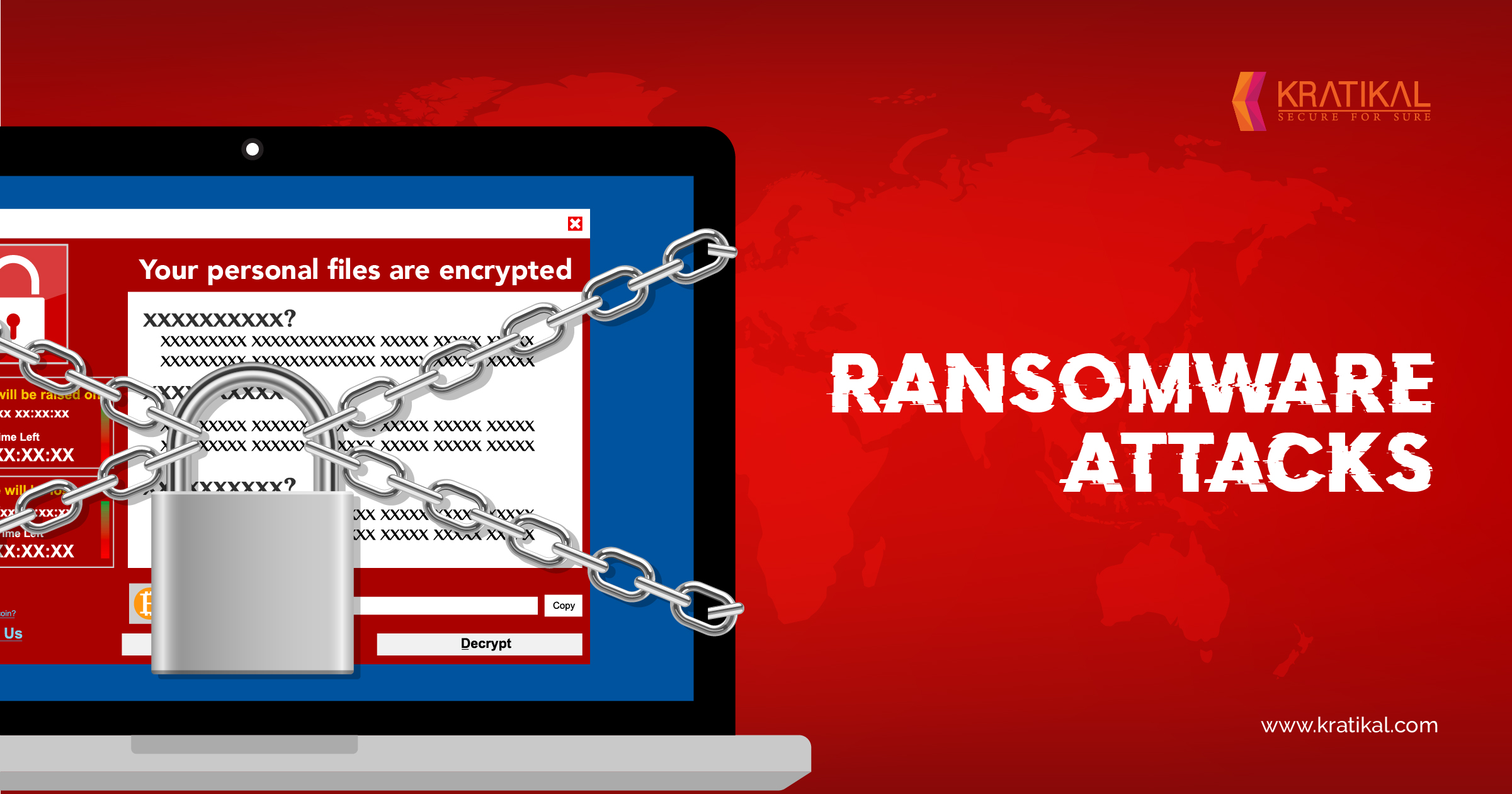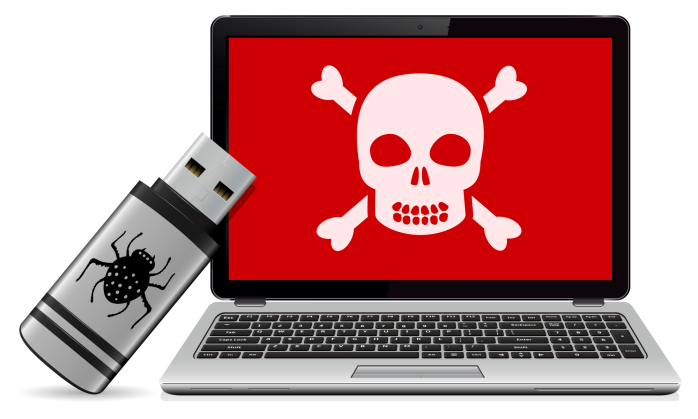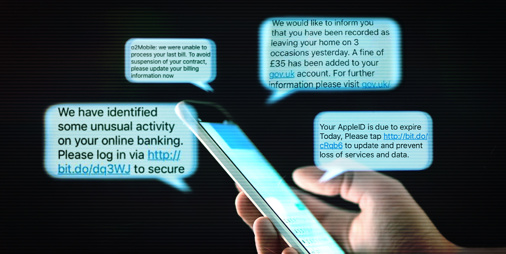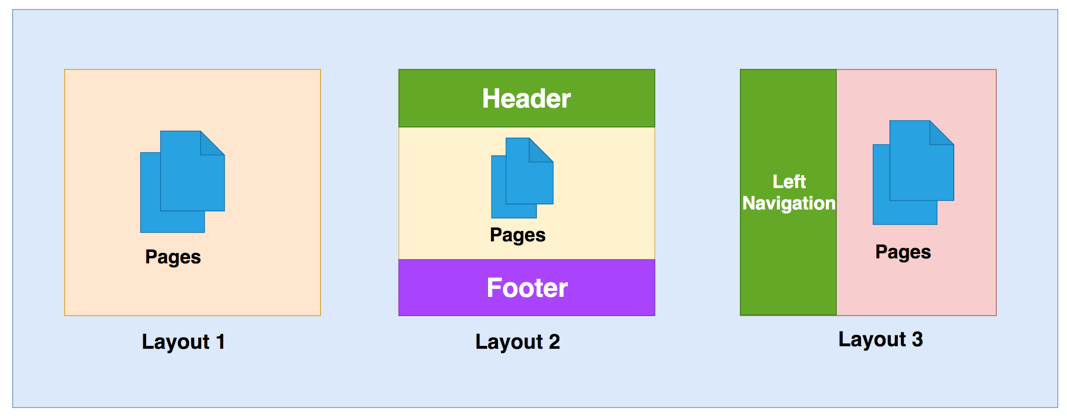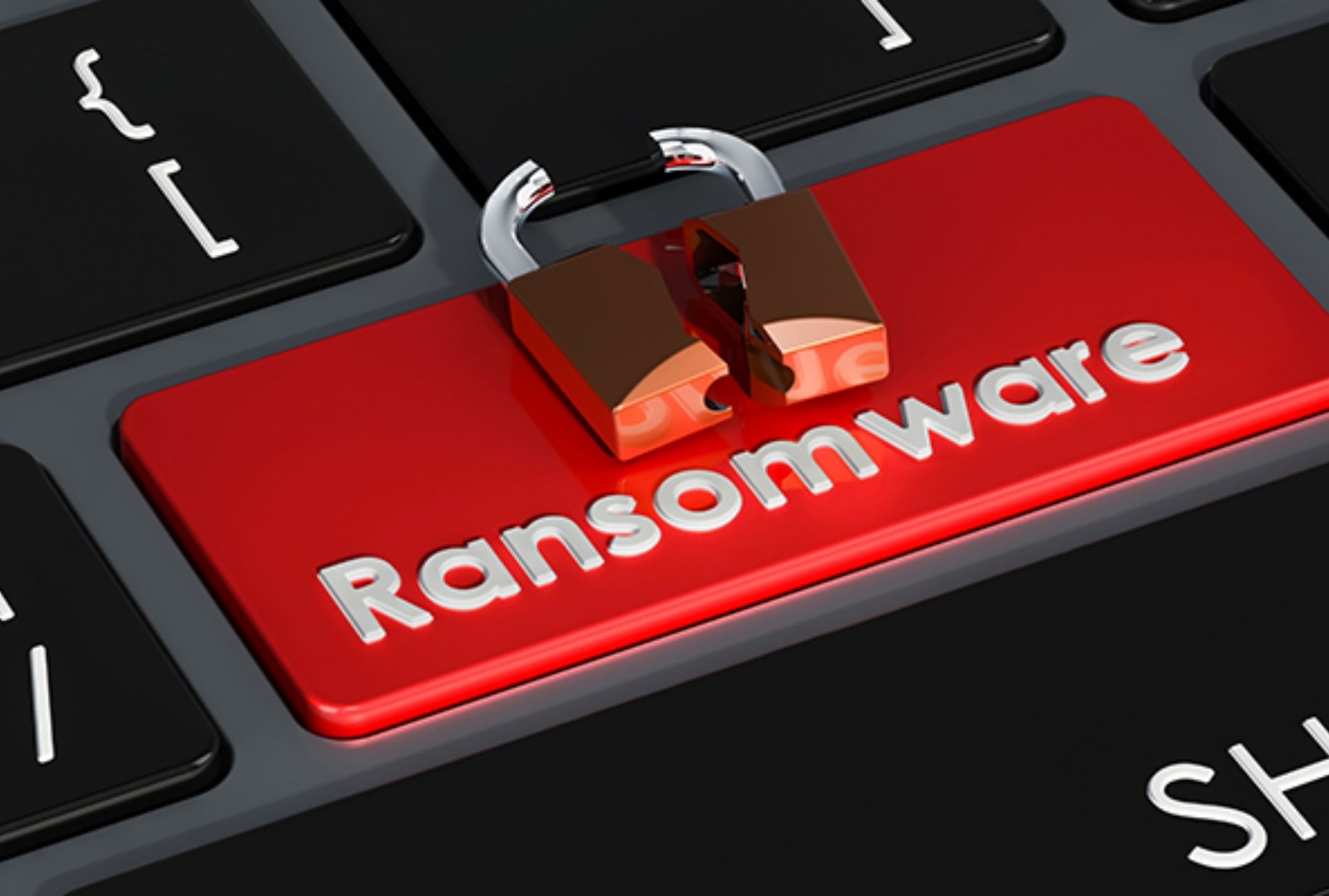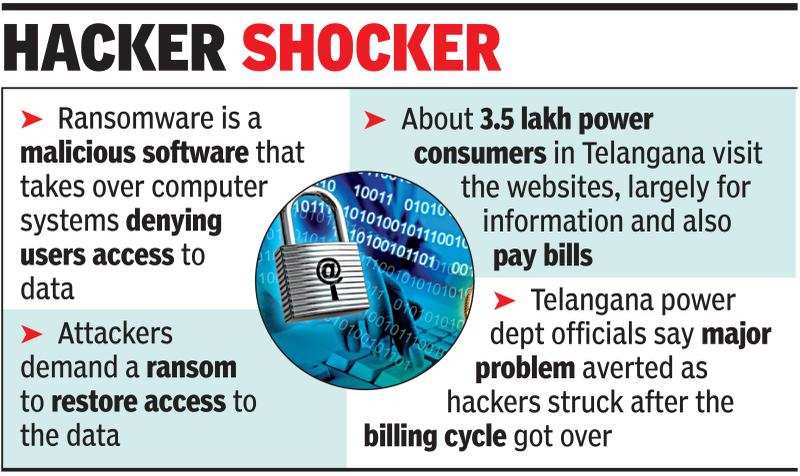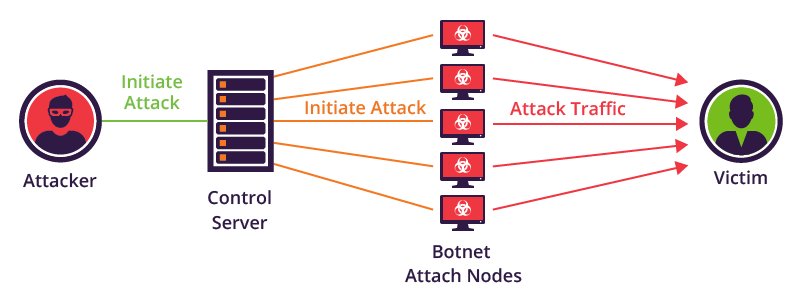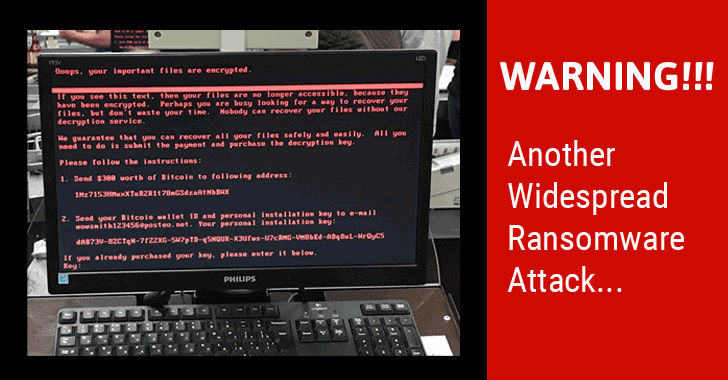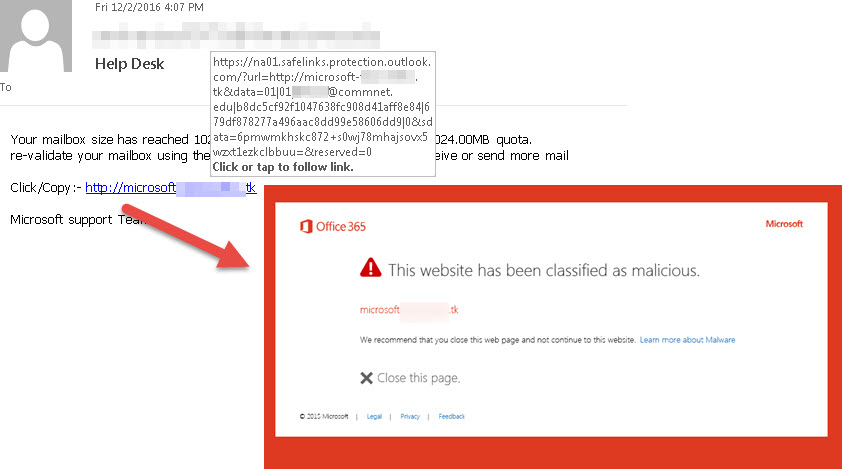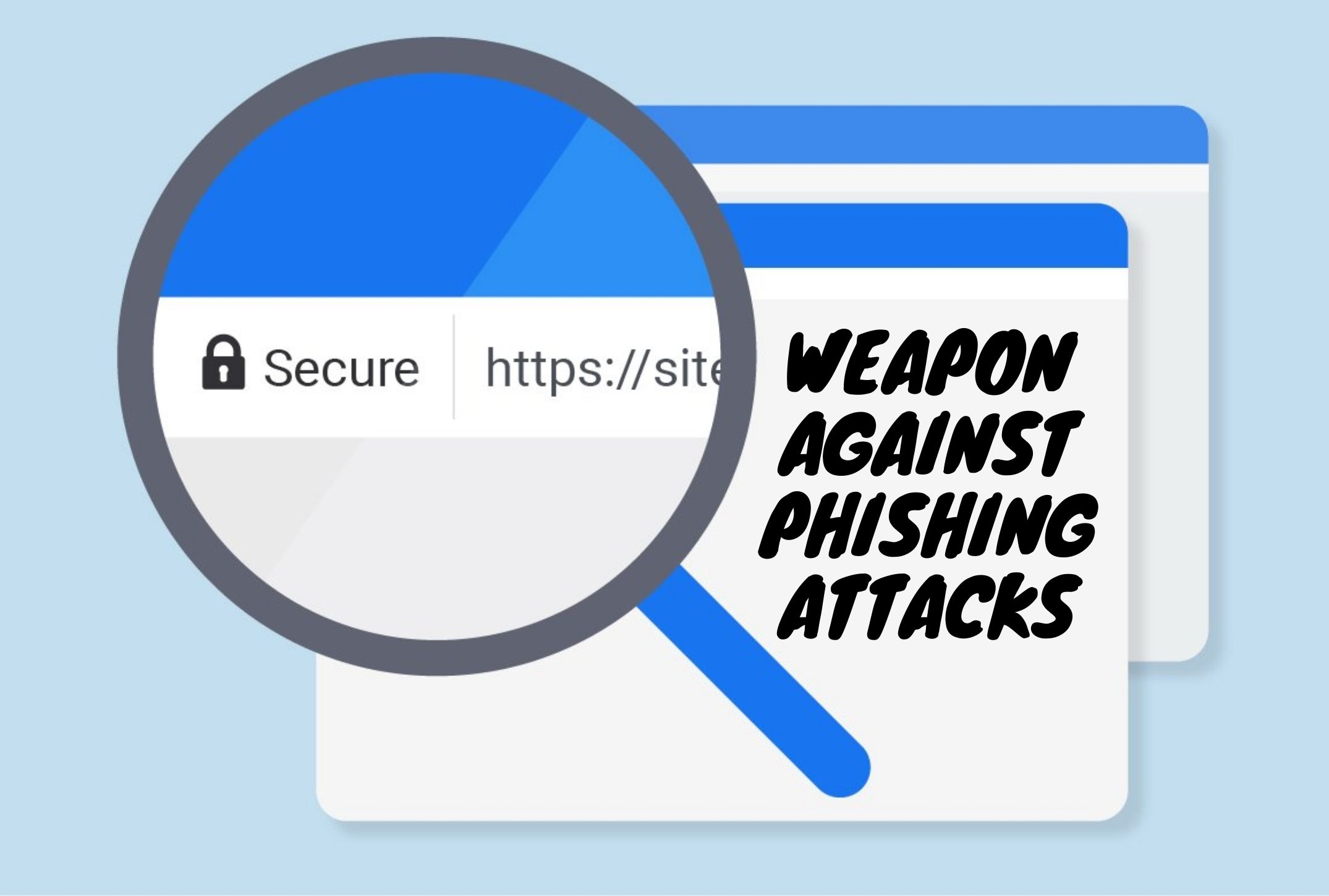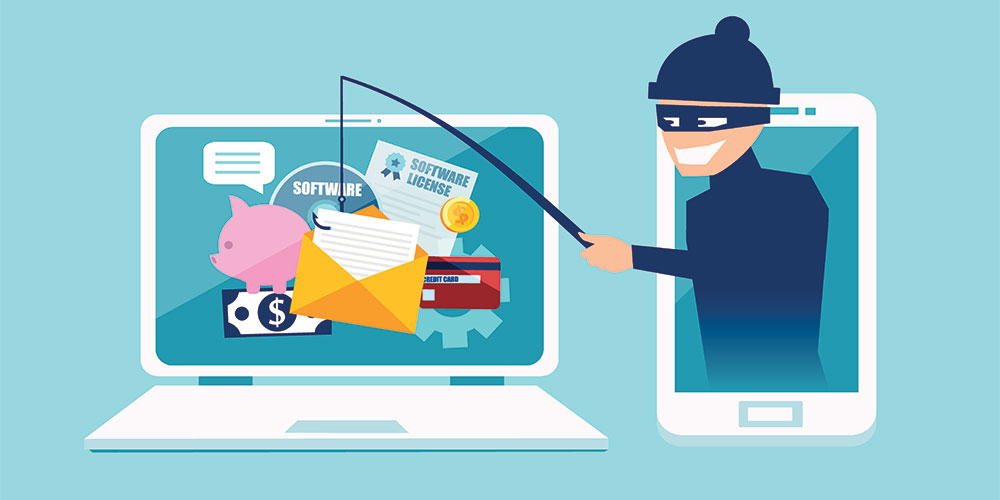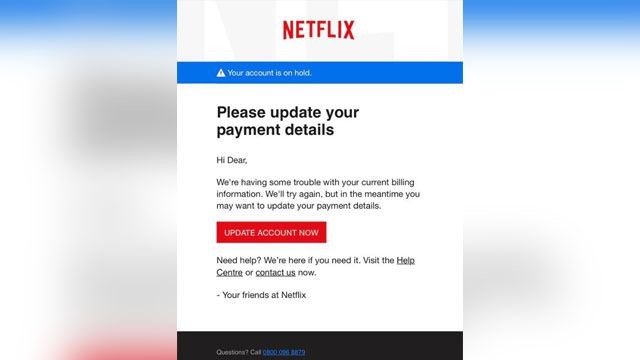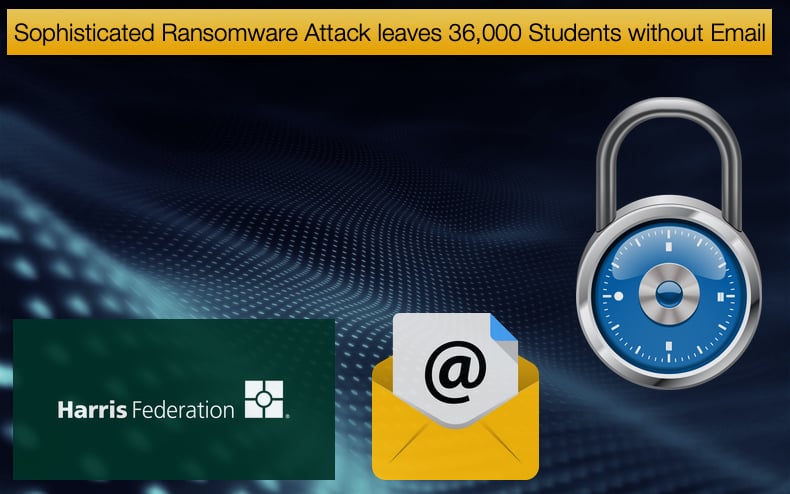What is Spear Phishing?
Along with the evolution in technology, a rapid and dramatic shift has been experienced in the occurrence of cyber attacks. The new targeted email-based phishing attacks have replaced the old extensive spam attacks. These phishing campaigns are causing major financial, brand, and operational harm to organizations across the world. The most notorious crime that is affecting major banks, corporates, media companies, and even security firms is a spear phishing email attack.
Spear phishing is an email scam that is targeted towards a particular individual, an organization, or a business. Attackers install malware on the targeted user’s computer system besides stealing user’s data.
Follow the image to understand how a spear phishing attack works:

Spear phishing attack example:
Spear phishing and phishing attacks are deployed with similar forms of email attack which includes a typical malicious link or an attachment. The primary difference between them is the way of targeting individuals.
For instance, you have posted a social media update about traveling to a different state or country. You might receive an email from a colleague saying, “Hey, while you are in New York, make sure to try the famous Joe’s Pizza. Click Here, *link* to check out their menu list!” While you click on the link to browse their menu, a malware is quickly installed in your system.
Such emails are sent to target individuals by tricking them with a spoofed email address of someone they know or are well acquainted with.
How Can We Define a Phishing Attack?
While spear phishing emails are sent to target a single recipient, phishing emails are sent to a large number of recipients. It is an unethical use of electronic communication to deceive users by taking advantage of their vulnerability in cyber security.
These attacks are carried out to obtain sensitive and confidential information like the credentials of users. Cybercriminals use social engineering to trick victims into performing certain actions such as clicking on a malicious link or opening an attached file.
Phishing attacks are wide-spreading cyber threats every year. If you are not yet aware of this ever-growing cyber scam then one wrong click can easily flip your world upside down.

Phishing attack example:
Here is a real-life phishing attack example of Facebook and Google. Both the companies were together scammed out of $100 million+ between the years 2013 and 2015 through a fake invoice scam. A Lithuanian hacker accomplished this feat by sending a series of fake invoices to each company. It impersonated as a large Asian-based manufacturer that they used as their vendor. Source: The Dirty Dozen
Such phishing attacks have been exploiting the data of various organizations and have led to a huge loss in revenue for many organizations. Be it phishing or a spear-phishing attack, it is vital to take preventive measures to decrease the occurrences of these cyber attacks.
How to prevent spear phishing attacks?
Just like phishing, spear attack prevention can be done in the following ways:
Spelling & Grammatical Errors:
Usually, genuine emails are error-free because of the professionalism and image reputation they hold. On the other hand, spear phishing emails have spelling and grammatical errors that are oblivious to the recipient’s eyes.
General Greeting:
If you are in contact with any individual or an organization, they would certainly use your name in the email greeting. But if an email says anything unusual like “Hello email user or attn: user”, then it’s a red alert.
URLs & Attachments:
Cyber crooks make sure to convince users into clicking on the link or on the attachment that comes along with the email. Never click any of the attachment that comes with suspicious-looking email.
Cyber Security Awareness for employees:
Every employee and individual in an organization should be provided with proper cyber security awareness training. A simulation spear phishing attack can be performed on the employees in order to make them proactive towards the latest attack vectors.
How Does a Cyber Security Awareness Program work?




